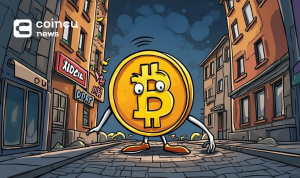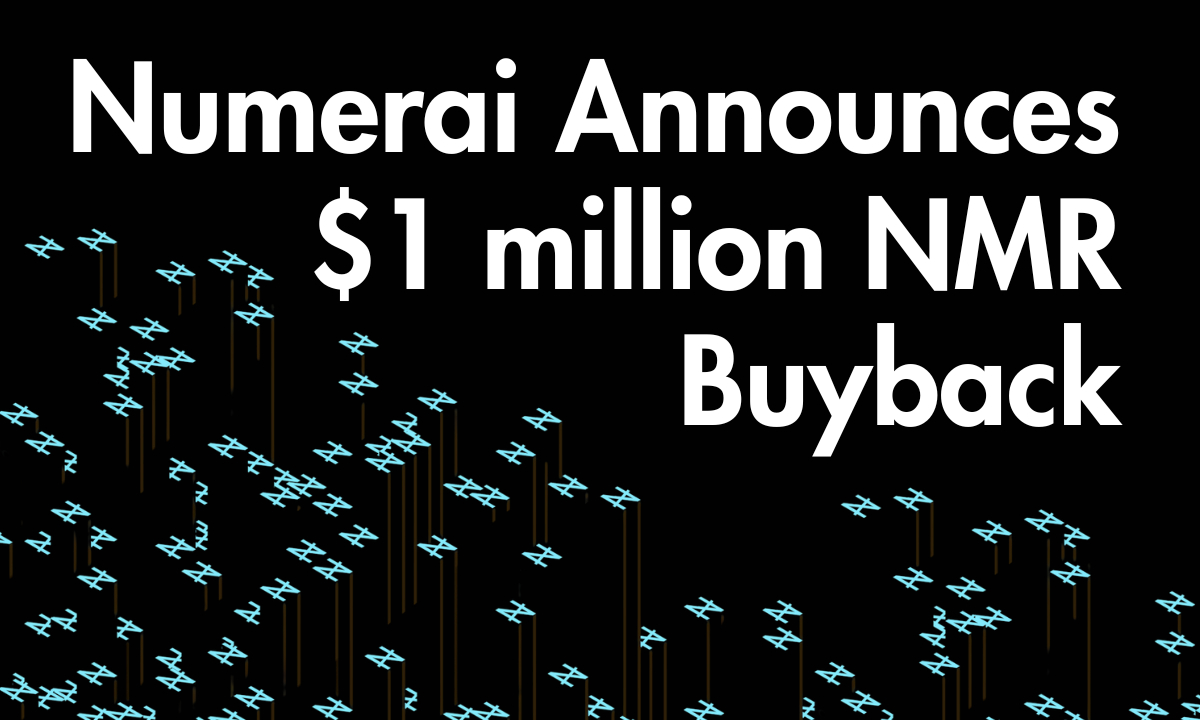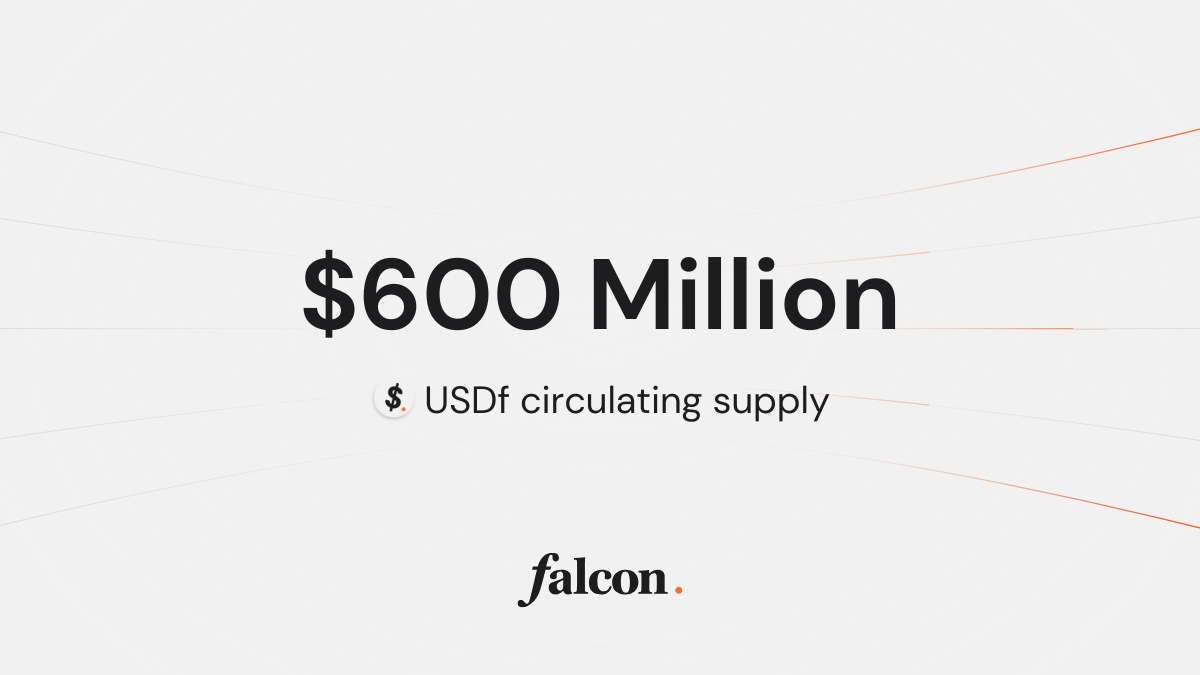Key Points:
- Vitalik Ethereum enshrinement can prevent centralization risks.
- A middle ground, like minimal viable enshrinement, may be the solution.
Vitalik Ethereum Enshrinement: Explore Ethereum’s challenge of enshrining protocol features while maintaining simplicity and trust.

In a recent article, Vitalik Buterin raises essential questions about Ethereum’s approach to enshrining features within the protocol. While advocating for minimalism inspired by the Unix philosophy, Vitalik acknowledges the unique nature of blockchains as social systems.
Vitalik Ethereum Enshrinement
One argument in favor of enshrinement is the avoidance of centralization risks, which can occur when complexity is pushed to external layers. However, excessive enshrinement can overload the protocol’s trust and governance, compromising its neutrality. Protocol complexity also poses systemic risks, exemplified by the complexity added by precompiles.
Vitalik proposes a middle road: minimal viable enshrinement. Instead of enshrining entire functionalities, the protocol could enshrine specific pieces to simplify implementation without imposing strict constraints. For example, adjusting staking penalty rules for trustless liquid staking or enshrining EVM-MAX and SIMD for efficient operations.
Additionally, Vitalik suggests that de-enshrinement may be necessary for features that are rarely used, ensuring backward compatibility and a lighter protocol.
Enshrining ZK-EVMs in Ethereum
Shifting the focus to ZK-EVMs, Vitalik highlights the challenges in verifying Ethereum-like blocks within ZK-SNARKs. The current practice involves a “security council” mechanism to override proving systems in case of bugs. However, this complexity may be unnecessary, given that L2 ZK-EVMs essentially use Ethereum’s EVM.
Vitalik questions whether Ethereum can introduce “verify EVM execution in ZK” as a protocol feature. This would allow Ethereum’s social consensus to handle exceptional situations, reducing the need for additional governance in the rollup ecosystem.
DISCLAIMER: The information on this website is provided as general market commentary and does not constitute investment advice. We encourage you to do your own research before investing.
























